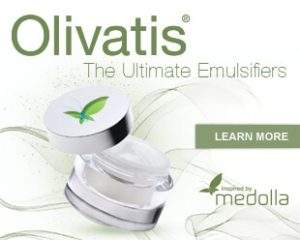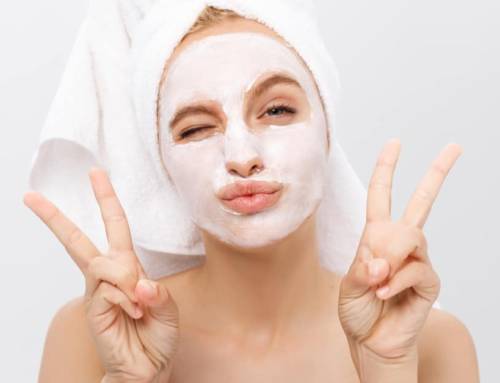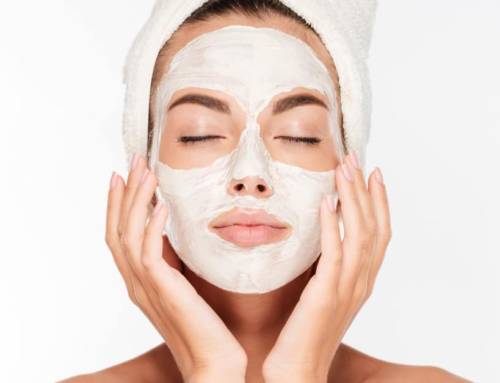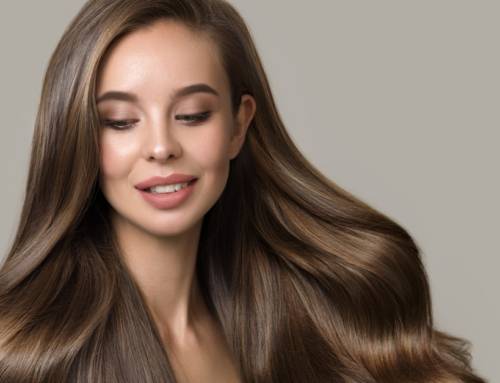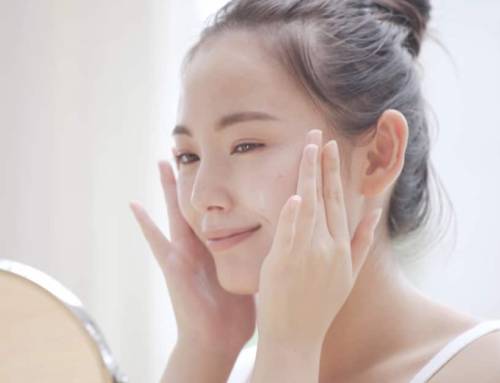Exploring the Ayurvedic Beauty Movement

Considered a form of alternative medicine in the United States, interest in Ayurvedic beauty has recently spiked, as consumers flock to these ancient techniques, traditions, and wisdom to improve their skin and appearance.
The key drivers of the Ayurvedic beauty movement include the appeal of a time-tested framework to deal with cosmetic issues, the boom of personalized wellness, and an increased consumer desire for natural and organic personal care products.
Ayurvedic medicine, defined
Ayurvedic medicine, or Ayurveda, is a holistic or “whole-body” system of medicine, with historical roots in the Indian subcontinent. Consisting of diet, exercise, and lifestyle choices, Ayurveda is designed to maintain an individual’s health, based on their body type.
Ayurvedic practitioners believe that every person is made up of the five elements: air, fire, water, space, and earth. These elements combine in the body to form doshas, or energies. The three doshas are:
- Vata dosha – space and air
- Pitta dosha – fire and water
- Kapha dosha – water and earth
Followers of Ayurveda believe every individual contains all three doshas, but one dosha is always stronger than the others. In terms of beauty and skincare, Ayurveda translates to selecting the personal care products and practices that will best suit a specific dosha’s needs and issues.
Ancient, yet familiar
For interested consumers, Ayurveda is an appealing framework to deal with frustrating cosmetic issues, as the principles are backed by thousands of years of tradition. Additionally, the dosha types feel familiar to Western skincare consumers.
“These doshas are so similar to how we in the Western world are already talking about and identify skin types,” Ayurvedic practitioner Kiera Nachman said. “So it really comes naturally to how we already view skin care, if you just learn about it. We can easily connect with it.”
For example, vata doshas typically have thin, dry, and wrinkled skin, and should seek out hydrating, plumping products. Pittas are irritation prone, susceptible to rashes and redness, and need more soothing, revitalizing products. Meanwhile, kapha doshas often struggle with excess oil, clogged pores, and breakouts, and should focus on clarifying, deep cleansing, and exfoliating skincare.
For consumers who are tired of traditional skincare language like “oily” or “dry,” or frustrated with recurring skincare problems, Ayurveda provides a new, helpful methodology to combat issues like acne, flakes, dryness, redness, and wrinkles.
The personalized wellness boom
The craze for Ayurveda beauty is also directly tied to the wellness boom, or the focus on living the best, most healthful lifestyle possible. With skin viewed as the “mirror of the soul,” Ayurveda appeals to the trendy idea of tailoring diet, lifestyle, and skincare product choices to achieve a personalized best.
“Another aspect (of Ayurveda) that seems to be resonating with people is how highly personalized this skin care framework can be: It comes as an answer to highly regimented multi-step routines,” explains Alexandra Engler.
A new, helpful methodology to combat issues like acne, flakes, dryness, redness, and wrinkles.
With personalization predicted to remain a huge trend for skincare in 2020, Ayurveda offers another angle for consumers to personalize their skincare routines – even more.
Natural and organic
Finally, Aruveydic beauty is experiencing a boost in consumer interest thanks to the practice’s focus on using ingredients that are natural and organic in product formulations.
“True Ayurvedic skin-care products come from ancient recipes and simply cannot have modern toxins in them. From face oil to cream, we only use ingredients like herbs, nourishing oils, essential oils, blends of collagens and milks– all-natural products of the earth,” explains Martha Soffer, an Ayurvedic specialist.
Now, more than ever, consumers want natural and organic personal care, which make Aruveydic beauty products a natural fit for purchase. Plus, popular Aruveydic products usually feature ingredients that are “good enough to eat,” like papaya, turmeric, coconut oil, chamomile, and aloe vera, which natural-leaning consumers love to see on labels.
As the desire for organic and natural skincare hits at an all time high, the popularity of Aruyvedic beauty will also rise in tandem with the consumer-driven natural personal care trend.
The future looks to the past
How can product planners and formulations profitably take advantage of this trend that’s modern yet ancient?
They can help consumers explore the world of Aruveydic beauty by creating natural skincare and personal care products that offer a personalized roadmap to achieving beautiful, hair, skin, and nails.

